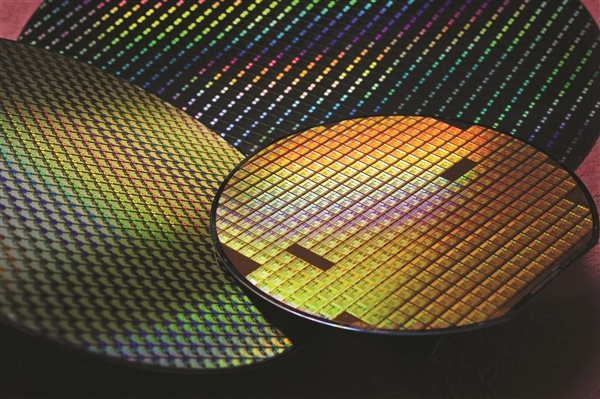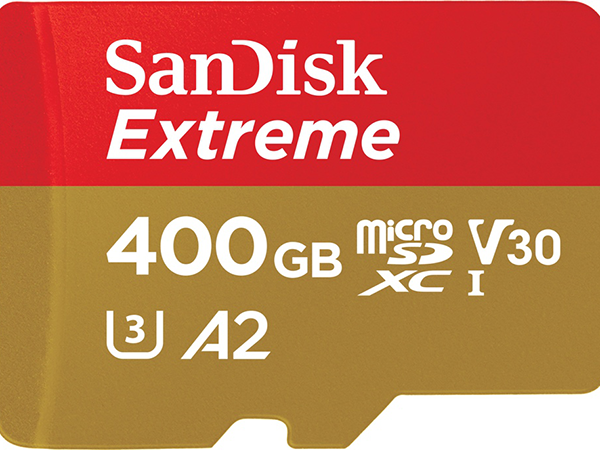In the first quarter of 2016, SSD shipments worldwide reached 30.77 million units, which was a 32.7% year-on-year increase from 23.19 million units in Q1 2015. SSD is rapidly taking over HDD market share, and HDD shipments have continued to decline significantly.
2016 is also a revolutionary year for the flash memory particle industry. With the continuous improvement of TLC particles and 3D-NAND technology, 3D flash memory has entered the flash memory market as a strong “dark horse”.
From flat to 3D, flash memory enters the era of skyscrapers
In order to increase storage capacity, the traditional planar NAND manufacturing process has grown from the initial 50 nm to 9/10 nm today. Although the storage density has increased repeatedly, it has basically reached the physical limit of the process technology.
However, 3D flash memory is different. It uses 3D NAND stereo space stacking technology, which provides more storage space than existing 2D flash memory, and (cost per unit) is lower than existing 2D NAND. On the other hand, because 3D NAND no longer has to increase capacity density by upgrading process technology and shrinking cell units, its reliability and performance are even better.
Currently, there are 32-48 layers of 3D NAND stacks that are commonly found in the industry, and vendors continue to develop higher-layer stack technologies. When the 3D NAND technology reaches 100-layer stacking, it will encounter the inflection point of cost, so its cost optimization space is very large. Long Yixin will also update its existing products based on 3D NAND technology.




